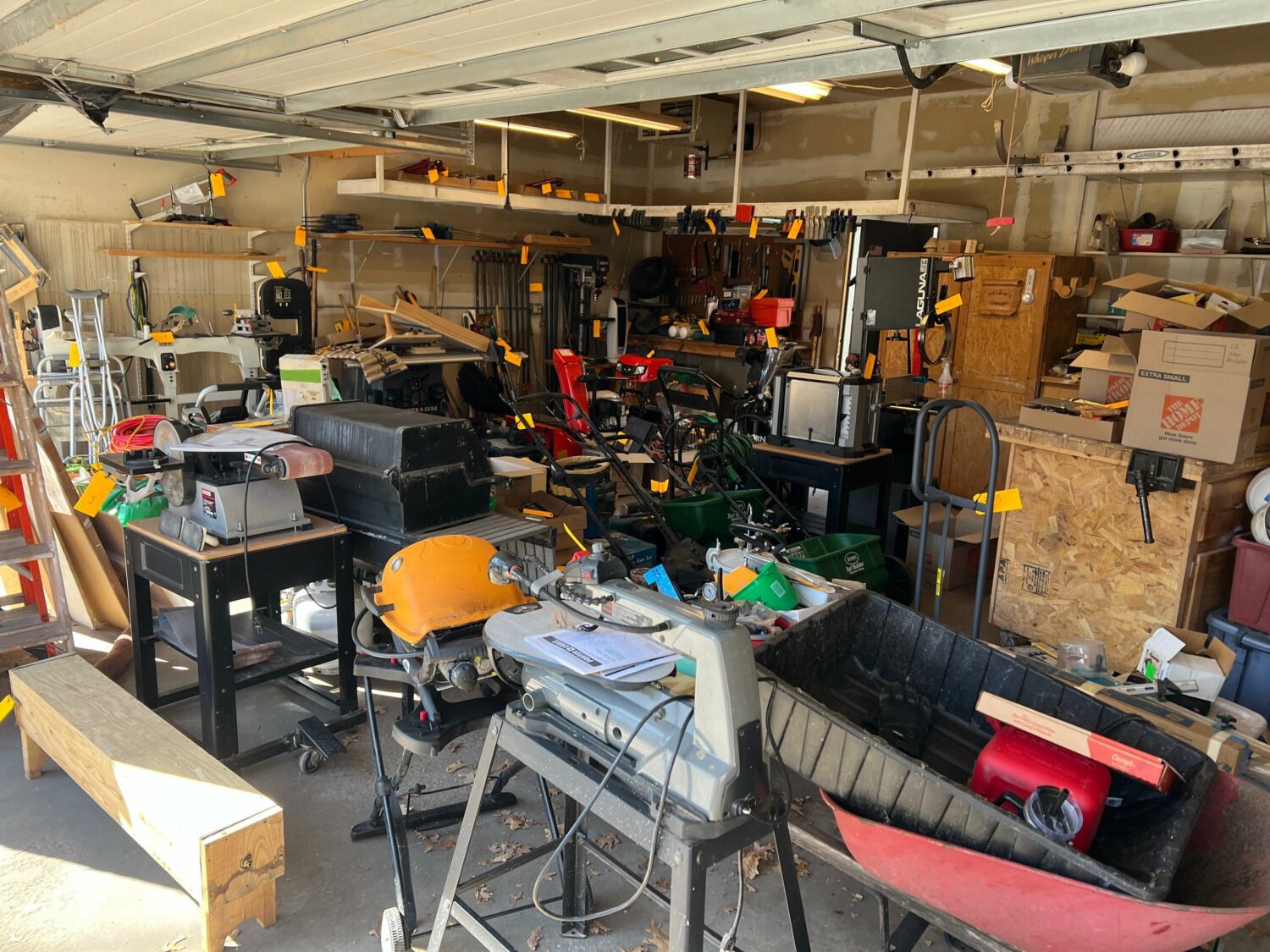Blog

April 17, 2025
Unlocking Efficiency: Why “Lots Per Hour” Is the Auction KPI Auctioneers Need to Know
Speed matters, not just in your chant, but in running a successful auction company. One of the most overlooked—but incredibly valuable—metrics in the business is “lots per hour.” This KPI measures how many individual lots (items or groupings of items) a person can sort, photograph, and describe in a single hour while cataloging an auction.
Why Track Lots Per Hour?
Cataloging is one of the most labor-intensive parts of any auction. It’s not just about snapping a quick photo and jotting down a description—each lot needs to be sorted, organized, photographed clearly, and described accurately. The faster you can do this without sacrificing quality, the more auctions you can handle (and the more profit you make).
What Does a Good Lots Per Hour Number Look Like?
This number can vary widely depending on the type of auction (think household vs. heavy equipment), how organized the assets are, and the experience of your team. Tracking each team members average lots per hour gives you a realistic benchmark for quoting timelines, estimating costs, and identifying areas for improvement.
How to Use the Data
- Forecast Labor Needs: Estimate how many people you need—and for how long—to get a catalog done on time.
- Quote with Confidence: Give clients realistic timelines and expense budgets.
- Spot Inefficiencies: If one sale takes twice as long as another, you’ll know where to dig in and find out why.
Understanding Good and Bad Auctions.
Understanding the difference between a good auction and a bad one often comes down to the "lots per hour" metric. If an auction is filled with low-value items that take just as long to catalog as high-value ones, the labor cost per lot can quickly outpace any potential profit. In this case the expenses or commissions might outweigh the value to the seller.
Real Numbers
We recently completed a small auction that required moving all items out of a garage and then back in once the cataloging was done. Including all the time spent on setup and moving, our three-person crew logged a total of 20.5 hours to complete 183 lots. That breaks down to an average of 9 lots per hour per person. Everyone on the crew thought we were faster, just serving as a reminder on why tracking this KPI is so important.
Final Thoughts
“Lots per hour” is more than just a number—it’s a window into how efficiently your auction operation really runs. Start tracking it, and you’ll quickly find opportunities to save time, control costs, and get more auctions out the door.